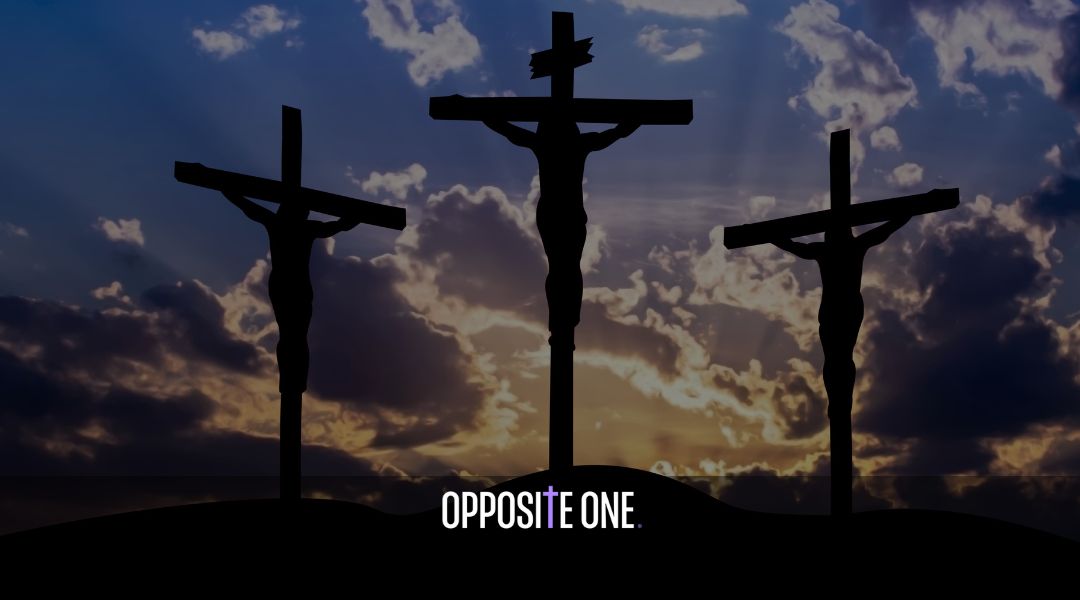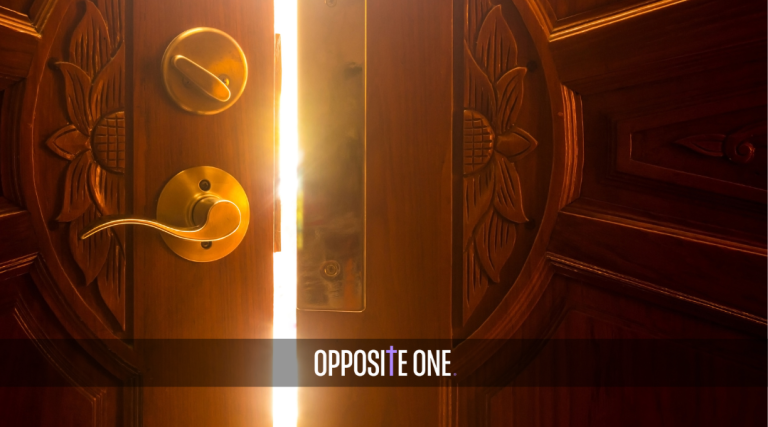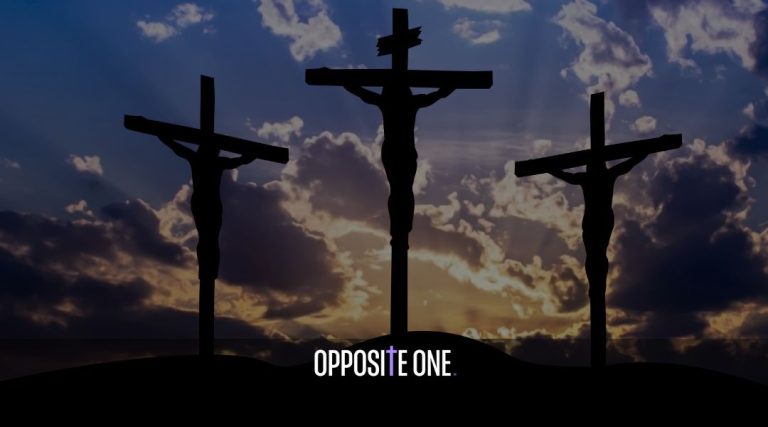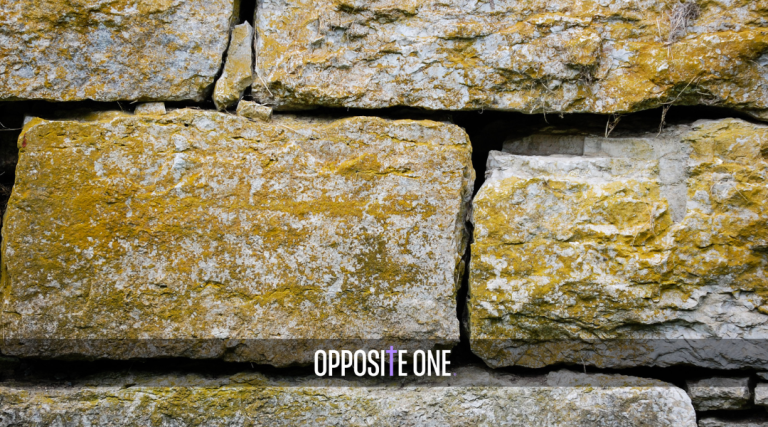When we think of power, we usually think of strength, victory, or even revenge. But on the cross, Jesus showed us something completely different. At the most painful and humiliating moment of His life—nailed between two criminals, mocked by soldiers and religious leaders, betrayed and abandoned—Jesus did something extraordinary.
He prayed.
Not for rescue.
Not for revenge.
But for His enemies.
“Father, forgive them, for they know not what they do.”
– Luke 23:34 (ESV)
He Prayed for His Enemies
Most people would have cursed those who hurt them. But Jesus looked at the very people crucifying Him and asked His Father to forgive them. This wasn’t weakness—it was divine strength. Forgiveness doesn’t come from feelings; it comes from knowing who you are and who God is.
Takeaway:
When someone wrongs you, what if your first response wasn’t payback, but prayer?
He Prayed to His Father
Even in agony, Jesus didn’t distance Himself from God—He leaned in closer. His pain didn’t stop His prayer life. In fact, it deepened it. Jesus trusted that His Father was still in control, even while He hung on a cross.
Takeaway:
When life is hard, don’t shut God out. He’s still your Father. Talk to Him.
He Prayed for Others
Jesus didn’t just think about Himself in that moment—He looked at others. The thief next to Him cried out, “Jesus, remember me when you come into your kingdom.” And Jesus replied:
“Truly, I say to you, today you will be with me in paradise.”
– Luke 23:43 (ESV)
In His final moments, Jesus forgave, gave hope, and offered salvation.
What Can We Learn?
This moment on the cross reveals the heart of Jesus—and the life we’re invited to imitate.
Forgiveness is hard. Loving enemies feels impossible. But Jesus shows us it’s possible through the power of prayer, and the power of knowing our identity in God.
Ask Yourself:
- Who do I need to forgive today?
- When I’m hurt, do I turn to God first?
- Can I pray for the people who’ve hurt me—even if it’s hard?
Prayer
Heavenly Father,
Thank You for the powerful example Jesus gave on the cross. Even in pain, He forgave. Even in rejection, He prayed. Even in death, He loved. Help me to be more like Him. When I’m hurt, remind me to come to You first. When people wrong me, give me the strength to forgive. When life feels heavy, teach me to pray for others, not just myself. Thank You for forgiving me so completely—help me extend that same grace to those around me.
In Jesus’ name, Amen.
Takeaways
- Prayer is our first response—not our last resort.
Jesus prayed before He acted, even on the cross. - Forgiveness isn’t about the other person deserving it—it’s about following Jesus.
He forgave without conditions. - Our relationship with God doesn’t break when life gets hard—it deepens when we keep praying.
Jesus still called God His Father in His darkest hour. - There’s power in praying for your enemies.
It releases you from bitterness and invites healing. - Even in suffering, Jesus focused on others.
He offered hope to the thief on the cross. We can offer hope too.
Closing Thought:
Jesus didn’t just teach forgiveness—He lived it. And because He did, we can too.







